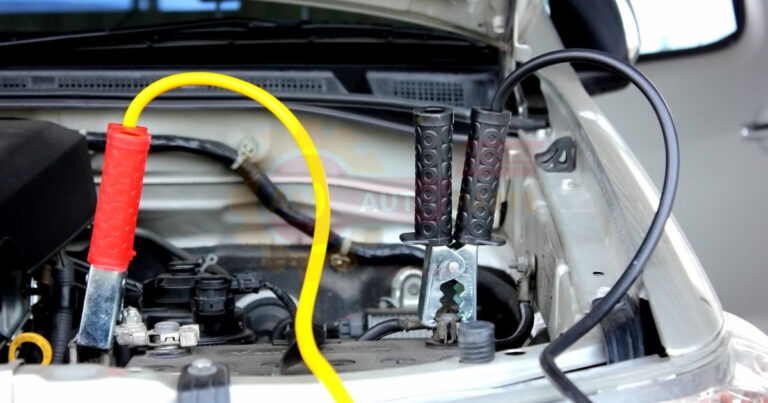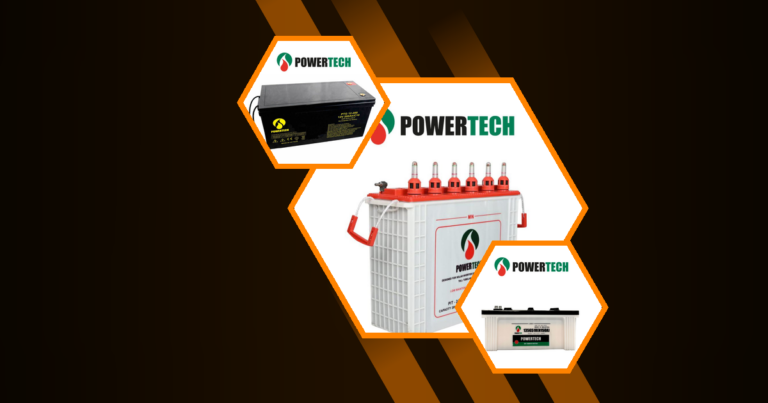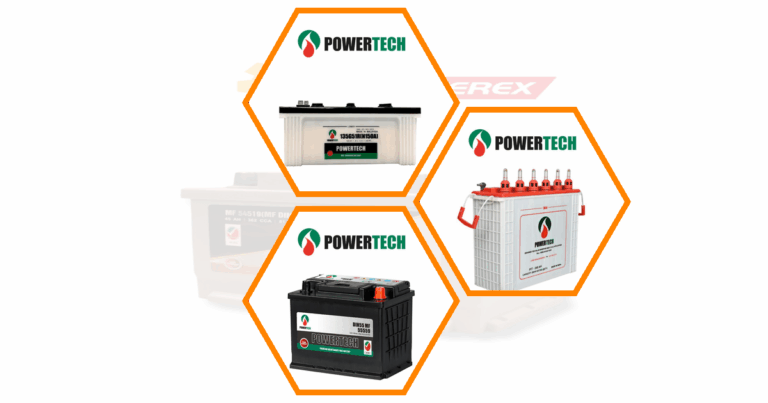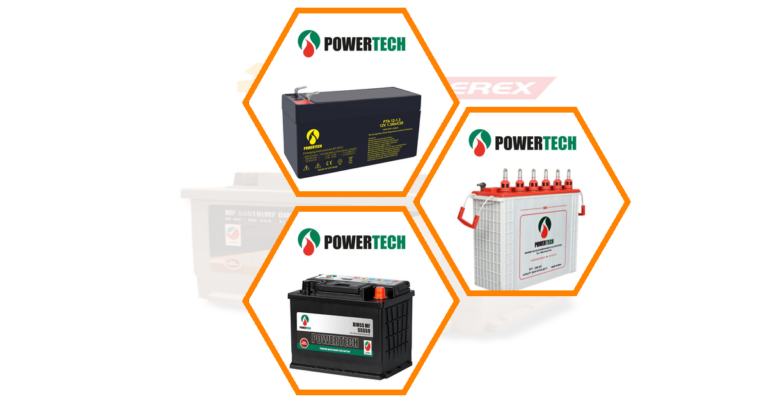Tab 1
Electric buses are revolutionizing public transportation, offering a cleaner and more sustainable alternative to traditional diesel buses. However, the performance of bus batteries, their energy demands, and capacity are critical factors that influence their efficiency and adoption. This article delves into these aspects, providing insights into the challenges and solutions for enhancing bus battery performance.
What Is Electric Bus Battery Technology?
Electric bus battery technology is at the heart of the transition to sustainable public transport. Understanding the types of batteries used and the systems that manage them is crucial for optimizing performance.
Types of Batteries Used in Electric Buses
Electric buses primarily use lithium-ion batteries due to their high energy density and efficiency. However, other battery chemistries like nickel-metal hydride and solid-state batteries are also being explored for their potential benefits.
- Lithium-ion Batteries : Known for their high energy density and long cycle life.
- Nickel-metal Hydride Batteries : Offer good performance but are heavier and less efficient.
- Solid-state Batteries : Emerging technology with potential for higher safety and energy density.
Lithium-ion vs. Other Battery Chemistries
Lithium-ion batteries are preferred for their superior energy density and efficiency. In contrast, other chemistries like nickel-metal hydride are heavier and less efficient, making them less suitable for electric buses.
- Energy Density : Lithium-ion batteries provide more energy per unit weight.
- Efficiency : They have a higher charge and discharge efficiency.
- Weight : Other chemistries tend to be heavier, impacting bus performance.
Battery Management Systems
Battery management systems (BMS) are essential for monitoring and optimizing battery performance. They ensure safety, extend battery life, and improve efficiency by managing charge cycles and temperature.
- Safety : BMS prevents overcharging and overheating.
- Efficiency : Optimizes charge and discharge cycles.
- Longevity : Extends battery life by maintaining optimal conditions.
Energy Demands of Electric Buses
The energy demands of electric buses are influenced by various factors, including route planning, weather conditions, and driving behavior. Understanding these factors is key to optimizing energy consumption.
Factors Affecting Energy Consumption
Several factors impact the energy consumption of electric buses, including the weight of the bus, passenger load, and driving conditions. Efficient energy management is crucial for maximizing range and performance.
- Weight : Heavier buses consume more energy.
- Passenger Load : More passengers increase energy demands.
- Driving Conditions : Urban routes with frequent stops consume more energy.
Route Planning and Optimization
Effective route planning can significantly reduce energy consumption. By optimizing routes, buses can minimize stops and starts, reducing energy use and improving efficiency.
- Minimize Stops : Fewer stops lead to lower energy consumption.
- Optimize Routes : Choose routes with less traffic and smoother roads.
- Schedule Efficiency : Plan schedules to avoid peak traffic times.
Impact of Weather Conditions
Weather conditions can affect the energy demands of electric buses. Cold weather, for instance, can reduce battery efficiency, while hot weather can increase cooling demands.
- Cold Weather : Reduces battery efficiency and range.
- Hot Weather : Increases energy use for cooling systems.
- Weather Adaptation : Implement strategies to mitigate weather impacts.
Battery Capacity and Range
Determining the optimal battery size and capacity is crucial for balancing weight and range. Strategies for extending range are essential for improving the practicality of electric buses.
Determining Optimal Battery Size
The optimal battery size for an electric bus depends on its intended use, route, and energy demands. Balancing capacity with weight is crucial for maximizing efficiency.
- Route Length : Longer routes require larger batteries.
- Energy Demands : Consider passenger load and driving conditions.
- Weight Considerations : Larger batteries add weight, affecting performance.
Balancing Weight and Capacity
Balancing the weight of the battery with its capacity is essential for optimizing bus performance. Heavier batteries can reduce efficiency, so finding the right balance is key.
- Efficiency : Lighter batteries improve energy efficiency.
- Performance : Optimal weight enhances acceleration and handling.
- Cost : Larger batteries are more expensive, impacting cost-effectiveness.
Strategies for Extending Range
Several strategies can help extend the range of electric buses, including regenerative braking and smart charging. These techniques improve efficiency and reduce energy consumption.
- Regenerative Braking : Recovers energy during braking.
- Smart Charging : Optimizes charging times and rates.
- Energy Management : Implement systems to monitor and manage energy use.
Common Battery Performance Issues
Electric bus batteries face several performance issues, including degradation, temperature sensitivity, and charging cycles. Addressing these challenges is crucial for maintaining efficiency and longevity.
Degradation Over Time
Battery degradation is a common issue that affects performance and range. Over time, batteries lose capacity, reducing their effectiveness and requiring replacement.
- Capacity Loss : Batteries lose capacity with each charge cycle.
- Performance Impact : Degraded batteries reduce range and efficiency.
- Mitigation Strategies : Implement maintenance and monitoring to slow degradation.
Temperature Sensitivity
Batteries are sensitive to temperature changes, which can affect their performance and lifespan. Managing temperature is crucial for maintaining efficiency.
- Cold Temperatures : Reduce battery efficiency and range.
- High Temperatures : Increase degradation and energy use.
- Temperature Management : Use systems to maintain optimal battery temperature.
Charging and Discharging Cycles
The charging and discharging cycles of batteries impact their lifespan and performance. Proper management of these cycles is essential for maximizing efficiency.
- Cycle Management : Optimize charge and discharge cycles for longevity.
- Efficiency : Proper cycles improve energy efficiency.
- Battery Life : Extend battery life with optimal cycle management.
Maximizing Battery Efficiency
Maximizing battery efficiency involves driver training, regenerative braking, and smart charging strategies. These techniques improve performance and reduce energy consumption.
Driver Training and Behavior
Driver behavior significantly impacts battery efficiency. Training drivers to adopt energy-efficient practices can enhance performance and extend range.
- Smooth Driving : Avoid rapid acceleration and braking.
- Energy Awareness : Educate drivers on energy-efficient practices.
- Performance Monitoring : Use tools to monitor and improve driver behavior.
Regenerative Braking Systems
Regenerative braking systems recover energy during braking, improving efficiency and extending range. Implementing these systems is crucial for maximizing battery performance.
- Energy Recovery : Converts braking energy into usable power.
- Efficiency Improvement : Reduces overall energy consumption.
- Range Extension : Increases the range of electric buses.
Smart Charging Strategies
Smart charging strategies optimize charging times and rates, improving efficiency and reducing costs. These strategies are essential for maximizing battery performance.
- Off-Peak Charging : Charge during off-peak hours to reduce costs.
- Optimized Rates : Use variable rates to optimize charging.
- Energy Management : Implement systems to manage and monitor charging.
Maintenance and Monitoring of Bus Batteries
Regular maintenance and monitoring are essential for ensuring the performance and longevity of bus batteries. Implementing effective procedures and tools is crucial for optimizing efficiency.
Regular Inspection Procedures
Regular inspections help identify and address potential issues before they impact performance. Implementing a comprehensive inspection schedule is essential for maintaining battery health.
- Routine Checks : Conduct regular inspections to identify issues.
- Preventive Maintenance : Address potential problems before they escalate.
- Performance Monitoring : Use tools to monitor battery performance.
Diagnostic Tools and Software
Diagnostic tools and software are essential for monitoring and optimizing battery performance. These tools provide valuable insights into battery health and efficiency.
- Performance Analysis : Use software to analyze battery performance.
- Issue Identification : Identify and address potential problems.
- Efficiency Optimization : Implement tools to optimize battery efficiency.
Predictive Maintenance Techniques
Predictive maintenance techniques use data and analytics to predict and prevent potential issues. Implementing these techniques is crucial for maximizing battery performance and lifespan.
- Data Analysis : Use data to predict potential issues.
- Preventive Action : Address issues before they impact performance.
- Efficiency Improvement : Optimize maintenance for better efficiency.
Environmental Impact of Electric Bus Batteries
Electric bus batteries have a significant environmental impact, from production to disposal. Understanding and mitigating this impact is crucial for sustainable transportation.
Lifecycle Assessment
A lifecycle assessment evaluates the environmental impact of batteries from production to disposal. Understanding this impact is essential for improving sustainability.
- Production Impact : Assess the environmental impact of battery production.
- Usage Impact : Evaluate the impact during the battery’s lifespan.
- Disposal Impact : Consider the environmental impact of disposal.
Recycling and Second-Life Applications
Recycling and second-life applications can reduce the environmental impact of electric bus batteries. Implementing these strategies is crucial for sustainable transportation.
- Recycling Programs : Implement programs to recycle used batteries.
- Second-Life Applications : Repurpose batteries for other uses.
- Sustainability Improvement : Reduce environmental impact through recycling.
Comparison with Traditional Diesel Buses
Electric buses offer significant environmental benefits compared to traditional diesel buses. Understanding these benefits is crucial for promoting sustainable transportation.
- Emission Reduction : Electric buses reduce emissions by up to 80%.
- Efficiency Improvement : Lower energy consumption compared to diesel.
- Sustainability Benefits : Promote cleaner and more sustainable transportation.
Cost Considerations for Bus Battery Systems
The cost of bus battery systems is a significant factor in their adoption. Understanding the initial investment, long-term savings, and incentives is crucial for making informed decisions.
Initial Investment vs. Long-term Savings
The initial investment in electric bus batteries is higher than traditional systems, but long-term savings can offset these costs. Understanding this balance is crucial for cost-effective adoption.
- Higher Initial Costs : Electric bus batteries require a significant upfront investment.
- Long-term Savings : Reduced maintenance and energy costs offer savings.
- Cost-effectiveness : Evaluate the balance between initial costs and savings.
Total Cost of Ownership Analysis
A total cost of ownership analysis evaluates the overall cost of electric bus batteries, including purchase, maintenance, and operation. This analysis is essential for informed decision-making.
- Purchase Costs : Consider the initial purchase price of batteries.
- Maintenance Costs : Evaluate ongoing maintenance expenses.
- Operational Costs : Assess energy and operational costs.
Government Incentives and Subsidies
Government incentives and subsidies can reduce the cost of electric bus batteries, making them more accessible. Understanding these incentives is crucial for cost-effective adoption.
- Incentive Programs : Explore available government incentives.
- Subsidy Opportunities : Identify subsidies to reduce costs.
- Cost Reduction : Leverage incentives to lower overall costs.
Future Developments in Bus Battery Technology
Future developments in bus battery technology promise to improve performance and reduce costs. Understanding these innovations is crucial for staying ahead in the industry.
Solid-state Batteries
Solid-state batteries offer potential benefits over traditional lithium-ion batteries, including higher energy density and safety. These advancements could revolutionize electric bus technology.
- Higher Energy Density : Solid-state batteries offer more energy per unit weight.
- Improved Safety : Reduced risk of overheating and fires.
- Future Potential : Emerging technology with significant promise.
Fast-charging Innovations
Fast-charging innovations can reduce charging times, improving the practicality of electric buses. These advancements are crucial for enhancing performance and adoption.
- Reduced Charging Times : Fast-charging reduces downtime.
- Improved Efficiency : Faster charging improves operational efficiency.
- Adoption Benefits : Enhances the practicality of electric buses.
Integration with Smart Grid Systems
Integration with smart grid systems can optimize energy use and reduce costs. These systems offer significant benefits for electric bus operations.
- Energy Optimization : Smart grids optimize energy use.
- Cost Reduction : Reduce energy costs through smart grid integration.
- Operational Efficiency : Improve overall efficiency with smart systems.
FAQs
What is the Average Range of an Electric Bus on a Single Charge?
The average range of an electric bus on a single charge is typically between 100 to 200 miles, depending on factors like battery size, route, and driving conditions. Optimizing these factors can extend the range and improve efficiency.
What are the Main Challenges for Electric Bus Batteries?
Electric bus batteries face several challenges, including degradation, temperature sensitivity, and cost. Addressing these challenges is crucial for improving performance and adoption.
Electric bus batteries degrade over time, reducing capacity and performance. Temperature sensitivity affects efficiency, while high costs impact adoption. Addressing these challenges requires innovative solutions and strategies to improve battery performance and reduce costs.
How Long Do Electric Bus Batteries Typically Last?
Electric bus batteries typically last between 5 to 8 years, depending on usage and maintenance. Proper management and maintenance can extend their lifespan, improving cost-effectiveness and performance.






